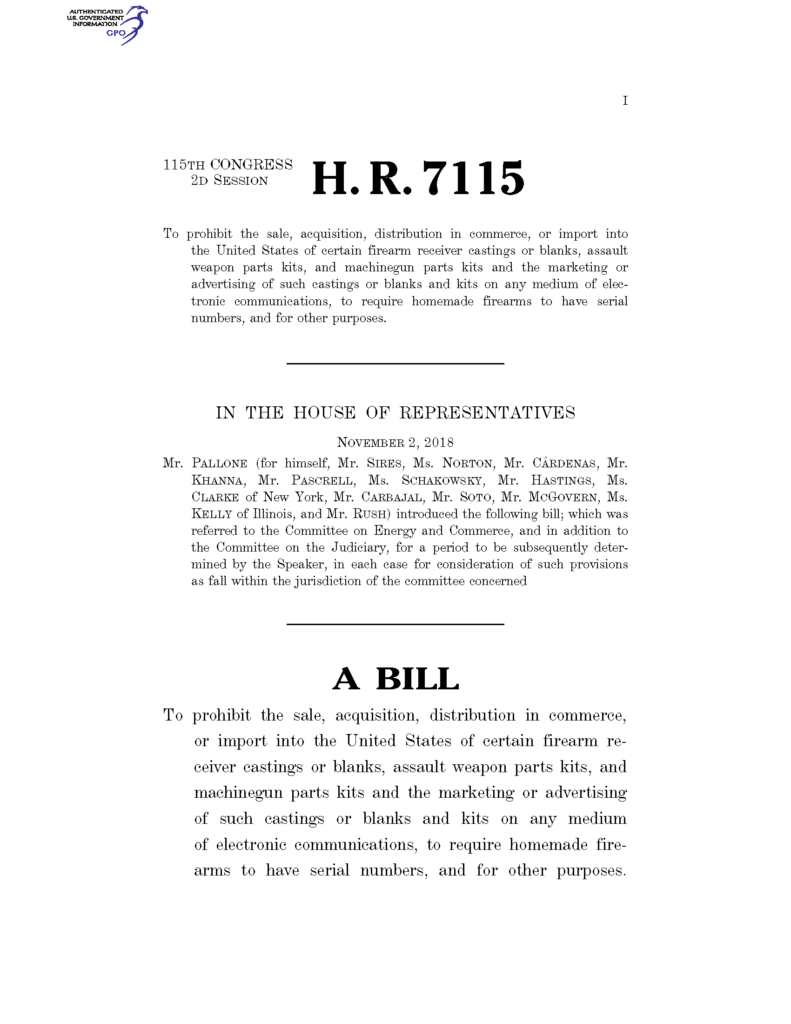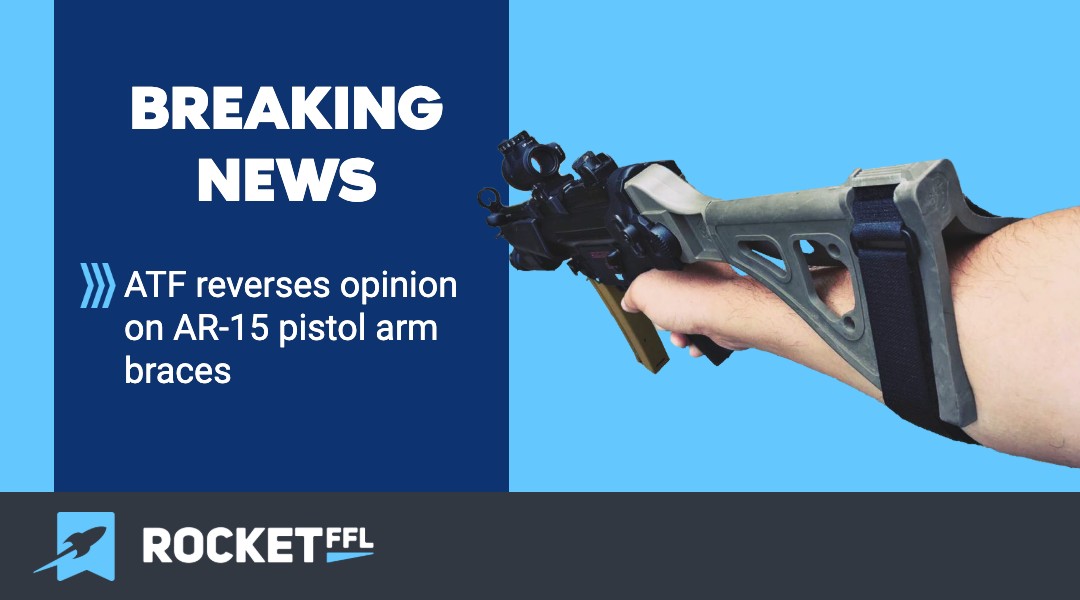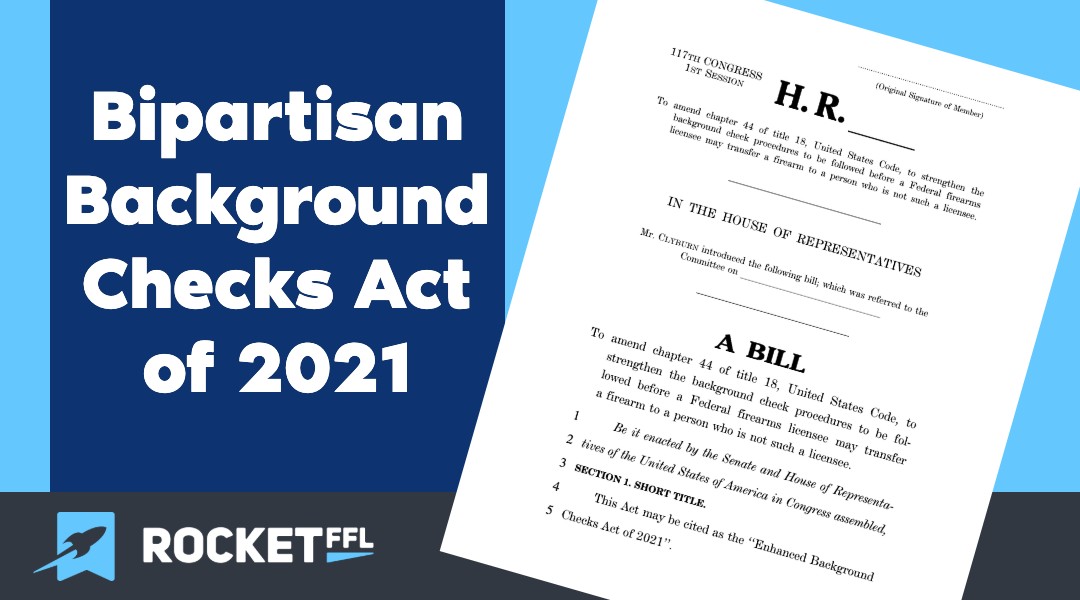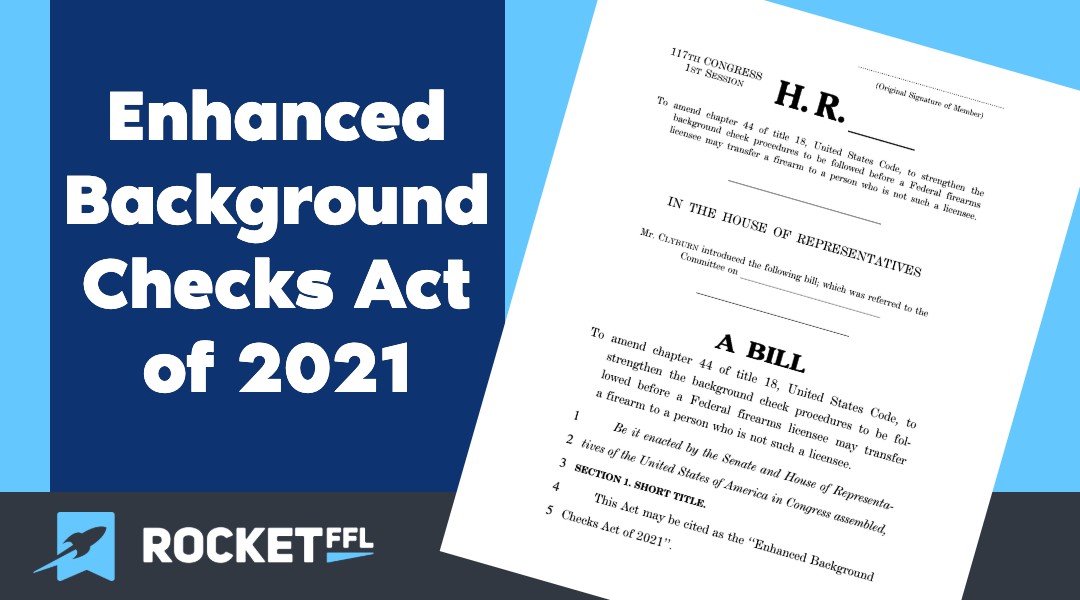To prohibit the sale, acquisition, distribution in commerce, or import into the United States of certain firearm receiver castings or blanks, assault weapon parts kits, and machinegun parts kits and the marketing or advertising of such castings or blanks and kits on any medium of electronic communications, to require homemade firearms to have serial numbers, and for other purposes.
IN THE HOUSE OF REPRESENTATIVESNovember 2, 2018
Mr. Pallone (for himself, Mr. Sires, Ms. Norton, Mr. Cárdenas, Mr. Khanna, Mr. Pascrell, Ms. Schakowsky, Mr. Hastings, Ms. Clarke of New York, Mr. Carbajal, Mr. Soto, Mr. McGovern, Ms. Kelly of Illinois, and Mr. Rush) introduced the following bill; which was referred to the Committee on Energy and Commerce, and in addition to the Committee on the Judiciary, for a period to be subsequently determined by the Speaker, in each case for consideration of such provisions as fall within the jurisdiction of the committee concerned
A BILL
To prohibit the sale, acquisition, distribution in commerce, or import into the United States of certain firearm receiver castings or blanks, assault weapon parts kits, and machinegun parts kits and the marketing or advertising of such castings or blanks and kits on any medium of electronic communications, to require homemade firearms to have serial numbers, and for other purposes.
Be it enacted by the Senate and House of Representatives of the United States of America in Congress assembled,
SECTION 1. SHORT TITLE.
This Act may be cited as the “3–D Firearms Prohibitions Act”.
SEC. 2. DO-IT-YOURSELF ASSAULT WEAPON BAN.
(a) Banned Hazardous Products.—Notwithstanding section 3(a)(5)(E) of the Consumer Product Safety Act (15 U.S.C. 2052(a)(5)(E)), the following shall be considered banned hazardous products under section 8 of such Act (15 U.S.C. 2057):
(1) A firearm receiver casting or firearm receiver blank or unfinished handgun frame that—
(A) at the point of sale does not meet the definition of a firearm in section 921(a) of title 18, United States Code; and
(B) after purchase by a consumer, can be completed by the consumer to the point at which such casting or blank functions as a firearm frame or receiver for a semiautomatic assault weapon or machinegun or the frame of a handgun.
(2) An assault weapon parts kit.
(3) A machinegun parts kit.
(b) Enforcement.—Subsection (a) shall be treated as a ban under section 19 of the Consumer Product Safety Act (15 U.S.C. 2068).
(c) Consultation.—In enforcing this section, the Consumer Product Safety Commission shall periodically consult with the Bureau of Alcohol, Tobacco, Firearms and Explosives regarding effective strategies for and methods of enforcement.
SEC. 3. PROHIBITION OF ADVERTISING DO-IT-YOURSELF ASSAULT WEAPONS.
(a) In General.—It shall be unlawful to market or advertise, on any medium of electronic communications, including over the Internet, for the sale of any of the following:
(1) A firearm receiver casting or firearm receiver blank or unfinished handgun frame that—
(A) at the point of sale does not meet the definition of a firearm in section 921(a) of title 18, United States Code; and
(B) after purchase by a consumer, can be completed by the consumer to the point at which such casting or blank functions as a firearm frame or receiver for a semiautomatic assault weapon or machinegun or the frame of a handgun.
(2) An assault weapon parts kit.
(3) A machinegun parts kit.
(b) Enforcement By The Federal Trade Commission.—A violation of subsection (a) shall be treated as a violation of a rule defining an unfair or deceptive act or practice described under section 18(a)(1)(B) of the Federal Trade Commission Act (15 U.S.C. 57a(a)(1)(B)). The Federal Trade Commission shall enforce this section in the same manner, by the same means, and with the same jurisdiction, powers, and duties as though all applicable terms and provisions of the Federal Trade Commission Act (15 U.S.C. 41 et seq.) were incorporated into and made a part of this Act.
(c) Rule Of Construction.—Nothing contained in this Act shall be construed to limit the authority of the Federal Trade Commission under any other provision of law.
SEC. 4. REQUIREMENT THAT HOMEMADE FIREARMS HAVE SERIAL NUMBERS.
(a) In General.—Chapter 44 of title 18, United States Code, is amended by inserting after section 923 the following:
Ҥ 923A. Serial numbers for homemade firearms
“(a) Request.—A person who has attained 18 years of age and desires to make a firearm, or obtain a unique serial number or other identifying mark for a firearm, may request a licensed dealer to issue a unique serial number or other identifying mark for the firearm, which request shall describe the firearm involved, and state whether the firearm will be (or is) a handgun.
“(b) Consideration.—
“(1) TREATMENT OF REQUEST AS TRANSFER PROPOSAL.—A request made of a licensed dealer pursuant to subsection (a) with respect to a firearm shall be treated as a proposed transfer of the firearm from the licensed dealer to the applicant, for purposes of section 922(t) of this title and section 103 of the Brady Handgun Violence Prevention Act, except that the Firearms Transaction Record involved shall indicate that what is being transferred is a serial number and not a firearm.
“(2) ISSUANCE OF SERIAL NUMBER.—A licensed dealer may issue to an applicant a unique serial number and identifying mark for a firearm pursuant to such a request if, applying paragraph (1) of this subsection to the request, section 922(t) or other law would not prohibit the licensed dealer from transferring the firearm to the applicant.
“(3) FEE AUTHORITY.—A licensed dealer may charge an applicant a fee for each serial number and identifying mark assigned and issued under this section, in an amount that is not more than the actual costs associated with assigning and issuing the serial number and identifying mark, and a fee for contacting the national instant criminal background check system with respect to the applicant.
“(c) Prohibitions; Requirements.—
“(1) BAN ON MAKING FIREARM BEFORE OBTAINING SERIAL NUMBER.—
“(A) IN GENERAL.—It shall be unlawful for any person, in or affecting interstate or foreign commerce, to make a firearm, unless the person has obtained a serial number and identifying mark for the firearm under this section.
“(B) MAKE DEFINED.—In subparagraph (A), the term ‘make’ means produce, construct, or fabricate by any means.
“(2) PRESENTATION OF FIREARM FOR WHICH SERIAL NUMBER IS ISSUED FOR VERIFICATION BY ISSUING DEALER.—Within 90 days after a person obtains a serial number and identifying mark for a firearm under this section, the person shall present the firearm to the licensed dealer who issued the serial number and identifying mark. On presentation, the licensed dealer shall verify that the serial number has been stamped on or otherwise permanently affixed to the firearm and that the firearm matches the description provided by the person when the request for the serial number and identifying mark was made
“(3) BAN ON POSSESSION OR TRANSFER OF FIREARM WITHOUT SERIAL NUMBER.—It shall be unlawful for any person, in or affecting interstate or foreign commerce, to possess or transfer a firearm made after 1968 by a person who is not a licensed manufacturer, unless—
“(A) a serial number and identifying mark for the firearm has been issued under this section;
“(B) within 10 days after the issuance, the serial number and identifying mark is stamped on or otherwise permanently affixed to the firearm; and
“(C) if the firearm is made from polymer plastic, 3.7 ounces of material type 17–4 PH stainless steel, on which the unique serial number or identifying mark is stamped or otherwise permanently affixed, are embedded within the plastic.
“(4) EXCEPTIONS.—This subsection shall not apply to—
“(A) a firearm to which a serial number has been assigned pursuant to section 923 of this title or chapter 53 of the Internal Revenue Code of 1986; or
“(B) a licensed manufacturer.
“(d) Administrative Provisions.—
“(1) ESTABLISHMENT OF TRACEABILITY SYSTEM.—
“(A) IN GENERAL.—Within 180 days after the date of the enactment of this section, the Attorney General shall, in consultation with licensed dealers, establish a system that enables the Attorney General to identify any licensed dealer who issues a serial number and identifying mark pursuant to this section.
“(B) STANDARDS.—The system established under subparagraph (A) shall include standards for serial numbers issued pursuant to this section, which shall ensure that the serial numbers are at least as unique and capable of being traced, and at least as difficult to obliterate, as serial numbers issued pursuant to section 923(i).
“(2) INFORMATION ON COMPLIANCE WITH, AND ENFORCEMENT OF, THIS SECTION.—The Attorney General shall maintain, and make available on request, information on—
“(A) the number of serial numbers and identifying marks issued under this section; and
“(B) the number of arrests for violations of this section.”.
(b) Penalties.—Section 924(a) of such title is amended—
(1) in paragraph (2), by inserting “or section 923A(c)” after “922”; and
(2) in paragraph (5), by adding at the end the following: “For purposes of this paragraph, the issuance of a serial number and identifying mark for a firearm in violation of section 923A shall be considered a transfer of the firearm in violation of section 922(t).”.
(c) Clerical Amendment.—The table of sections for chapter 44 of such title is amended by inserting after the item relating to section 923 the following:“923A. Serial number requirement for homemade firearms.”.
SEC. 5. DEFINITIONS.
(a) Terms.—For purposes of this Act—
(1) the term “ammunition feeding device” means a magazine, belt, drum, feed strip, or similar device, but does not include an attached tubular device designed to accept, and capable of operating only with, .22 caliber rimfire ammunition, and an ammunition feeding device shall be considered detachable if the device can be removed from a firearm without disassembly of the firearm action;
(2) the term “assault weapon parts kit” means any part or combination of parts designed and intended to enable a consumer who possesses all such necessary parts to assemble a semiautomatic assault weapon;
(3) the term “machinegun parts kit” means any part or combination of parts designed and intended to enable a consumer who possesses all such necessary parts to assemble a machinegun or convert a firearm into a machinegun;
(4) the term “semiautomatic assault weapon” means—
(A) a semiautomatic rifle or semiautomatic shotgun that has the capacity to accept a detachable ammunition feeding device; or
(B) a semiautomatic pistol that has—
(i) the capacity to accept a detachable ammunition feeding device; and
(ii) any one of the features described in subsection (b);
(5) the term “machinegun” has the meaning given such term in section 5845(b) of the Internal Revenue Code of 1986;
(6) the term “semiautomatic pistol” means any repeating pistol that utilizes a portion of the energy of a firing cartridge to extract the fixed cartridge case and chamber the next round and requires a separate pull of the trigger to fire each cartridge;
(7) the term “semiautomatic rifle” has the meaning given such term in section 921(a)(28) of title 18, United States Code; and
(8) the term “semiautomatic shotgun” means any repeating shotgun that utilizes a portion of the energy of a firing cartridge to extract the fixed cartridge case and chamber the next round and requires a separate pull of a trigger to fire each cartridge.
(b) Special Features Of A Semiautomatic Pistol.—The special features described in subsection (a)(3)(B)(ii) are—
(1) an ammunition magazine that attaches to the pistol outside of the pistol grip;
(2) a threaded barrel capable of accepting a barrel extender, flash suppressor, forward handgrip, or silencer;
(3) a shroud that is attached to, or partially or completely encircles, the barrel and that permits the shooter to hold the firearm with the nontrigger hand without being burned;
(4) a second hand grip;
(5) a manufactured weight of 50 ounces or more when the pistol is unloaded; and
(6) a semiautomatic version of an automatic firearm.
SEC. 6. CONSTRUCTION.
Nothing in this Act shall be construed as limiting the ability of a State to enact more restrictive gun-related laws, or bans on firearm receiver castings, firearm receiver blanks, assault weapon parts kits, or machinegun parts kits.
SEC. 7. EFFECTIVE DATE.
(a) In General.—Except as provided in subsection (b), this Act and the amendments made by this Act, shall take effect 180 days after the date of the enactment of this Act.
(b) Exceptions.—Subsections (a), (b), and (d), and the second sentence of subsection (c)(2), of section 923A of title 18, United States Code, as added by the amendment made by section 4(a) of this Act, shall take effect on the date of the enactment of this Act.
![[EXPLAINED] HR 7115 – 3D Firearms Prohibitions Act](https://rocketffl.com/wp-content/uploads/2018/12/EXPLAINED-HR-7115-–-3D-Firearms-Prohibitions-Act-1024x569.jpg)




